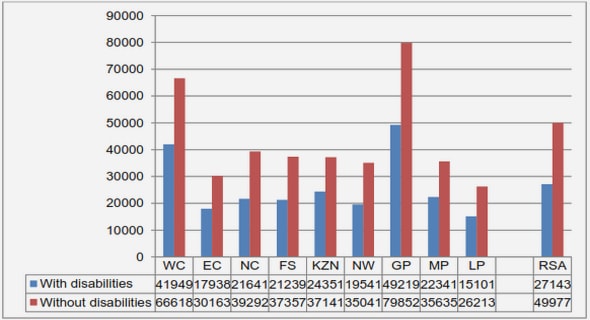(Downloads - 0)
For more info about our services contact : help@bestpfe.com
Table of contents
1 Introduction
1.1 Synaptic plasticity experiments: hippocampus and neocortex
1.2 Synaptic plasticity models: hippocampus and neocortex
1.3 Synaptic plasticity experiments: cerebellum
1.4 Summary
2 Parallel-fibre to purkinje cell plasticity
2.1 Model Description
2.2 Methods
2.2.1 Synaptic plasticity model
2.2.2 Simulating experimental protocols
2.2.3 Optimisation of the model fit
2.3 Results
2.3.1 Burst length dependence
2.3.2 Frequency dependence
2.3.3 Safo and Regehr
2.3.4 Model comparison
2.3.5 Prediction: PF → LTD
2.4 Discussion
3 Maintenance of memory in a cortical network model
3.1 Introduction
3.2 Materials and Methods
3.2.1 Calcium-based plasticity model
3.2.2 Probability density function of the calcium concentration
3.2.3 Diffusion approximation for the synaptic efficacy with a flat potential
3.2.4 Kramers expected escape time from a double-well potential
3.2.5 Numerical methods: Event-based implementation
3.2.6 The network
3.2.7 Numerical methods: Network simulations
3.2.8 Computing analytically mean firing rates and E-E synaptic efficacy
3.3 Results
3.3.1 Memory behaviour for a synapse connecting two independent Poisson neurons
3.3.2 Memory decay for a bistable synapse
3.3.3 Steady-state behaviour of networks of LIF neurons with plastic synapses
3.3.4 Memory decay in a recurrent network of LIF neurons
3.3.5 Memory induction in a recurrent network of LIF neurons
3.4 Discussion
4 Conclusion
4.1 Cerebellar plasticity model
4.2 Hippocampal and neocortical plasticity model
4.3 Outlook
A Simulation parallelisation
B Generation of random numbers in parallel
C Shot noise
C.1 Mapping calcium dynamics to shot noise
C.2 Solving the shot noise equation




